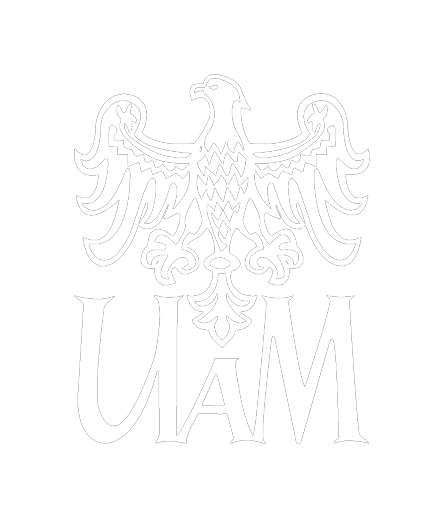An article, co-authored by Lechosław Kuczyński, was published in the latest issue of Journal of Evolutionary Biology.

Photo: Cezary Korkosz
Using data collected in a secondary contact zone of two hybridizing songbirds: the Common Nightingale (Luscinia megarhynchos) and the Thrush Nightingale (Luscinia luscinia), we looked for associations between habitat use and bill morphology. In line with our previous results (https://doi.org/10.1111/1365-2656.12808), we found that the two nightingale species differ in habitat use in allotopic but not in syntopic sites. Moreover, birds from allotopic sites showed higher interspecific divergence in relative bill size compared to birds from syntopic sites. Our results are consistent with the view that interspecific competition in nightingales has resulted in partial habitat segregation in sympatry and that the habitat‐specific food supply has in turn very likely led to bill size divergence.
The study was done in cooperation with the Charles University in Prague, Czech Republic.
More info:
Sottas C. , Reif J. , Kuczyński L. and Reifová R. 2018. Interspecific competition promotes habitat and morphological divergence in a secondary contact zone between two hybridizing songbirds. Journal of Evolutionary Biology, 31: 914-923, DOI: 10.1111/jeb.13275

